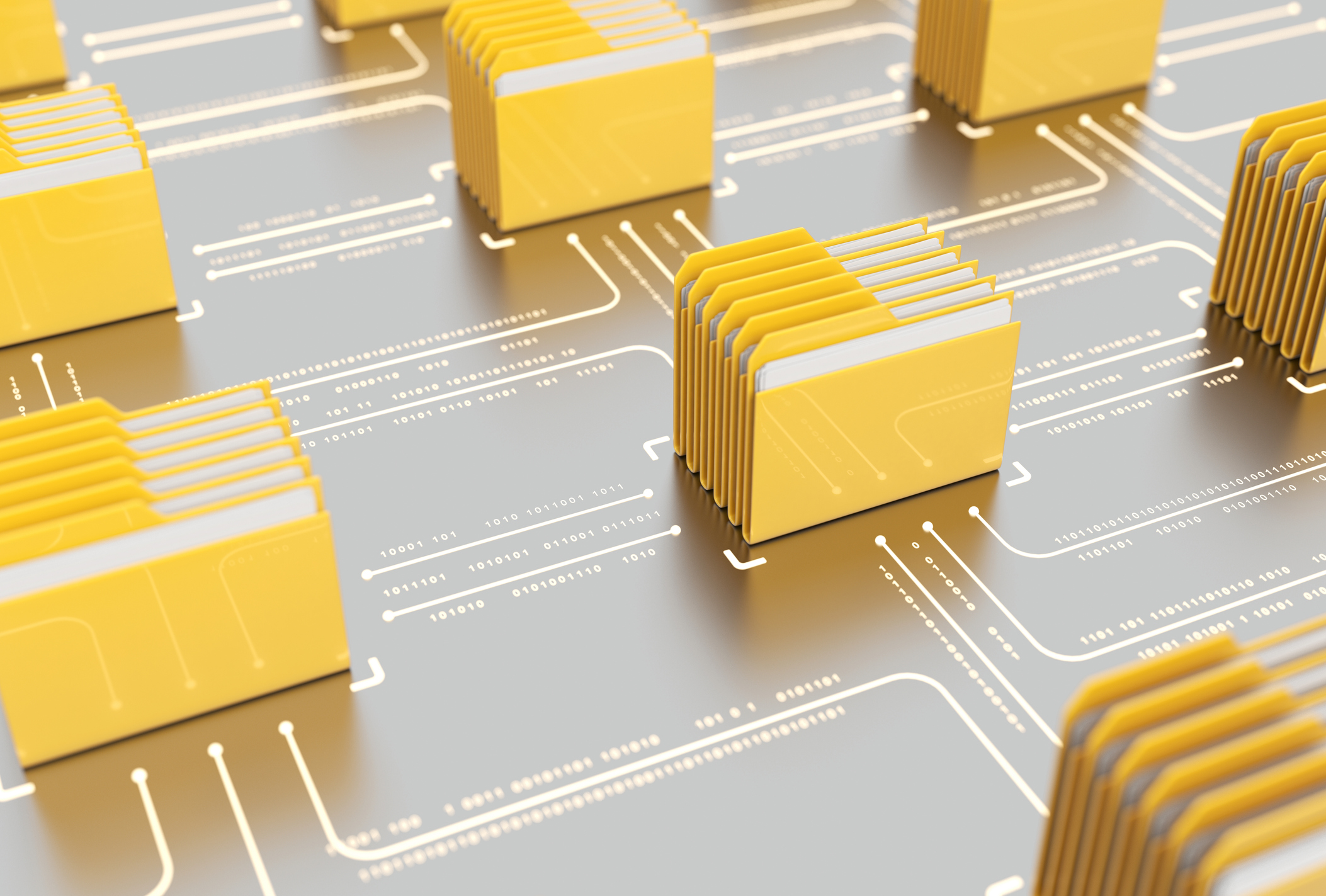It has been more than twelve years since the concept of Data Integrity was introduced formally to industry, and widely discussed throughout the industry, and yet, to this day, we continue to see how industry struggles with it. This blog post discusses some of the fundamental topics clarifying what data integrity is and how to ensure the integrity of the data generated with respect to laboratory operations in supporting pharmaceutical product quality.
To understand the integrity of the data, it is important to follow the data, which (logically) starts with the raw data. Raw data is the first captured data, and it can be either an electronic or hardcopy record. For laboratory operations, raw data can be found in many different records. Most commonly, raw data are: (1) electronically generated data by instruments maintained within the local hard drive and/or networked server; and (2) handwritten records on laboratory notebooks, logbooks, worksheets, etc.
-
- For example, take data generated using a UV/Vis spectrophotometer. When a blank, standard, or sample solution is measured by the instrument, the first captured data are the electronic signals that are then converted into digital values that are commonly known as absorbance for this method. Depending on the software capabilities and configurations, solution absorbance is then used to calculate the % relative standard deviation (RSD), concentration, etc. Laboratories might choose to generate an instrument printout capturing the analysis, including solution absorbance, calculated %RSD, concentration, and other information relevant to the analysis. Within the context of this example, the solution absorbance is the raw data, while the following are not raw data as they are not the first captured data: calculated %RSD, calculated concentration, and instrument printouts.
In certain situations, the instrument printouts could be in hardcopy records and/or PDF files (i.e., NuGenesis print captures) that are maintained within the system. Even though these PDF files are electronic records, they are not raw data, and neither are the instrument hardcopy printouts. Therefore, maintaining these instrument hardcopy printouts will not satisfy the regulatory requirements for maintaining analysis raw data. Similarly, reviewing electronic PDF files will not satisfy the regulatory requirements for reviewing electronic raw data.
- For example, take data generated using a UV/Vis spectrophotometer. When a blank, standard, or sample solution is measured by the instrument, the first captured data are the electronic signals that are then converted into digital values that are commonly known as absorbance for this method. Depending on the software capabilities and configurations, solution absorbance is then used to calculate the % relative standard deviation (RSD), concentration, etc. Laboratories might choose to generate an instrument printout capturing the analysis, including solution absorbance, calculated %RSD, concentration, and other information relevant to the analysis. Within the context of this example, the solution absorbance is the raw data, while the following are not raw data as they are not the first captured data: calculated %RSD, calculated concentration, and instrument printouts.
- Using the same UV analysis example, the handwritten records identifying the test method, the preparation of reagents, standards, sample, test date, etc. are also raw data. Before automated systems were commonly employed in the laboratory, analysis was documented by hand using hardcopy laboratory notebooks, logbooks, worksheets, etc. However, more and more laboratories are transitioning to paperless systems in which bound notebooks, logbooks, and worksheets are replaced by Electronic Laboratory Notebooks (ELNs). Therefore, the ELN’s data will be considered “raw data” as the ELN’s records replaced the handwritten records and the ELN’s data are the “first captured data.”
It is important to understand that the collective use of LIMS is for the purpose of: (a) instrument usage logbooks; (b) test sample logbooks; (c) reference standard logbooks; and (d) analytical column logbooks, etc. Without documenting the preparation of mobile phase, reference standards, test samples, etc., using ELNs and/or hardcopy notebooks, logbooks, worksheets, etc. would not constitute the completeness of raw data.
Raw data must be: (a) documented using either notebooks/worksheets or ELNs to capture the data generated during analysis; and (b) captured by other means, such as directly generated by laboratory instrument software (e.g., chromatographic data using HPLC, absorbance using UV/Vis spectrophotometer, etc.). For all analyses performed in the laboratory (and regardless of the technology utilized), there must be documented evidence demonstrating that the entire analysis was performed and the available “sourced” information can be used to replicate the analysis if needed.
If you or your firm would like additional information regarding data integrity and/or assistance addressing any data integrity concerns, please contact Lachman at LCS@lachmanconsultants.com.




